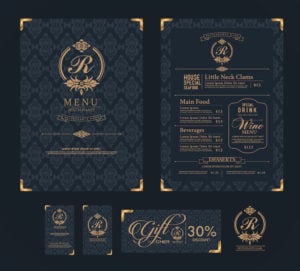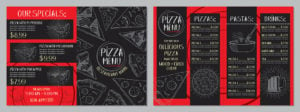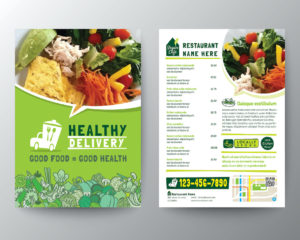Call Sales: +1 (833) 437-3835
Call Sales: +1 (833) 437-3835




 Your menu is one of your restaurant’s most valuable marketing tools. As such, you don’t want to get it wrong. Hopefully, this guide on how to make a menu set you on the right path. Revel Systems' product management and menu building POS system makes it easy to tailor a menu that reflects your business. Contact us to learn more.
Your menu is one of your restaurant’s most valuable marketing tools. As such, you don’t want to get it wrong. Hopefully, this guide on how to make a menu set you on the right path. Revel Systems' product management and menu building POS system makes it easy to tailor a menu that reflects your business. Contact us to learn more.